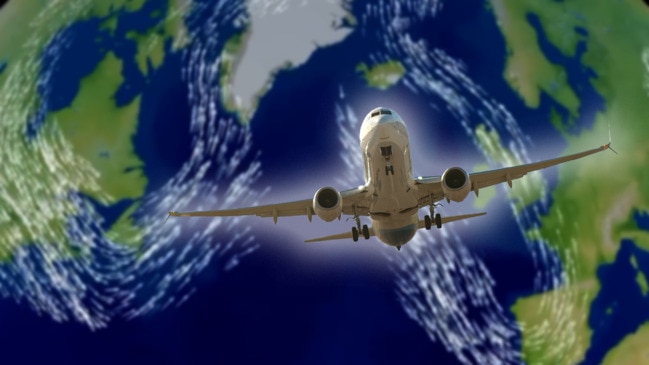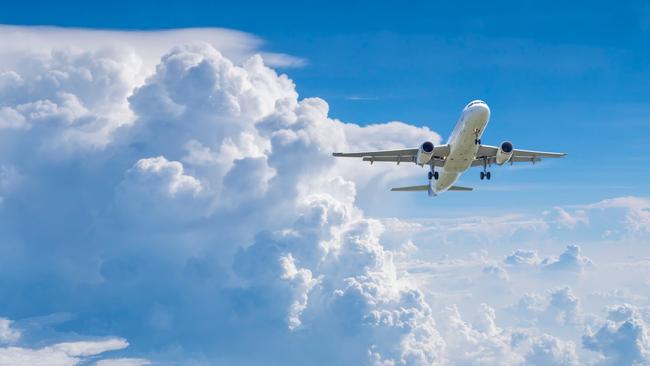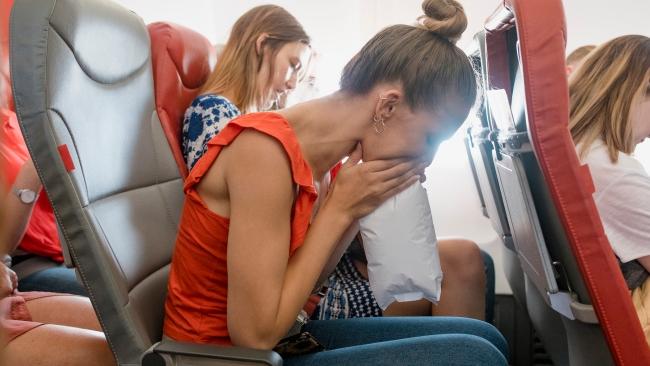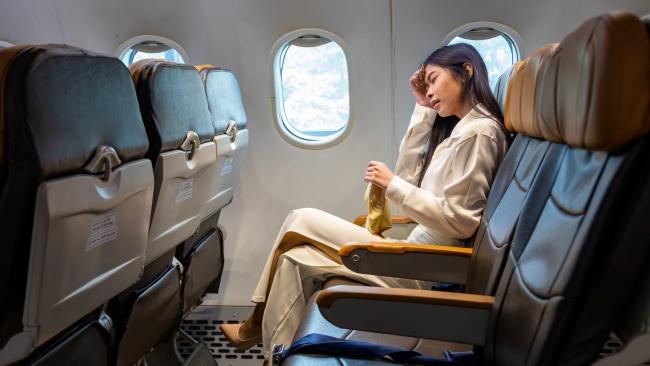The scariest part of flying is about to get even more terrifying
If you hate air turbulence, you'd best buckle in for the long haul and it's all because of climate change.

Lifestyle
Don't miss out on the headlines from Lifestyle. Followed categories will be added to My News.
If you hate air turbulence, you'd best buckle in for the long haul.
It seems everywhere you look right now, you'll find stories of horrific air turbulence on flights. On May 26, 2024, Qatar Airways Flight QR107 from Doha to Dublin landed safely after six passengers and the same number of crew were injured as a result of adverse atmospheric conditions. This, of course, follows the May 21 incident onboard Singapore Airlines flight from London to Singapore where the plane plummeted 1800 metres in three minutes. Fifty three passengers were injured, as were several crew members and one British man tragically lost his life.
Unfortunately, this is not just a news cycle. Significant air turbulence is undoubtedly on the rise. We’ve all seen those viral videos where the inside of a Boeing resembles a tumble dryer on full speed as overhead compartments fling open, plates bounce off the ceiling and humans become momentary rag dolls.

In many cases, pilots can actually see air turbulence on the horizon in the form thunderstorms but atmospheric pressure, jet streams, cold or warm weather and even how air behaves around mountains – “air, how many times have I told you to stop playing with that precipice” - are all factors. But then there’s the spectre of clear air turbulence which strikes with a vitriol that has many gagging into their sick bags.
Think it makes you feel queasy? America’s National Centre for Atmospheric Research estimates that turbulence costs airlines almost $750 million a year as the result of damaged aircraft, delays and - oh yes - injuries to staff and passengers.

Shear terror
One of the more specific enemies of smooth flying is known as wind shear. Which basically translates to how wind speed changes the higher you go. AKA why it’s windier on top of the mountain than the bottom. There are no clear boundaries between these escalating winds - quite sniggering - so when slower moving streams hit those travelling at greater you get the all-too-familiar sudden drop.
Vertical wind shear is being exacerbated by climate change. Especially around midlatitudes such as 30 and 60 degrees. North of the equator, for example, it’s a stretch which pretty much takes in all of Europe and most of the United States. Dr Paul D Williams, from the University of Reading in the UK, has built a forecasting algorithm that has predicted that, globally, severe turbulence will increase more than the light and moderate varieties. Want a number? How about two: since 1979, the vertical wind shear over the Atlantic has jumped by 15 per cent and Pauly D estimates that clear-air turbulence will double by 2050.
Oh and the cherry on this bilious cake? NASA has predicted that rising temperatures will see air less dense. Which means a greater challenge for planes actually leaving the ground and aircraft loads needing to be reduced. Call us crazy, but we foresee that baggage you're taking on holiday becoming somewhat more expensive.

Some good news
The reason that problematic air turbulence is such a rare occurrence is because aviation science is very, very good at mitigating it. Everything from seatbelt design and flexible carbon fibre fuselages to the International Air Transport Association’s new real-time Turbulence Aware data exchange platform will all continue to help make your flight less dramatic. As will an industry wide commitment to net zero emissions targets and zero and low emission aircraft probably powered by hydrogen. But this will mean less range and slower speeds. Welcome to the future.
More Coverage
Originally published as The scariest part of flying is about to get even more terrifying





